When it comes to heat exhaustion, people often confuse it with heat stroke.
While they share some similarities, you will know if someone has heatstroke by looking for signs such as body hotness or coldness, red skin, sweating that does not stop, vomiting, agitation, trouble breathing, and/or seizures.
If any of these symptoms occur, call 911 immediately!
However, when it comes to heat exhaustion, individuals usually do not experience all of those symptoms.
They may feel tired, dizzy, or even sleepy, and their throat can be dry due to lack of fluid intake.
Fortunately, there are certain steps you can take to help prevent heat exhaustion from happening in the first place.
This article will talk about some ways to manage your health before, during, and after activity season.
What causes heat exhaustion
When exposed to prolonged exposure to warm temperatures, your body can become too hot.
Your heart beats faster to try and cool down your blood, and you may develop symptoms such as thirst, fatigue, lightheadedness, muscle cramps and nausea.
You are likely to feel thirsty but will be able to drink enough water to make up for how much you consume.
If you normally take a bath or shower, you may not feel like taking one now.
Heat stroke is much more serious than heat exhaustion. You could actually suffer thermal inflammation (heat-induced swelling)
which affects certain parts of the body, and even damage tissue in some areas.
This happens when your body temperature rises so high that it cannot regulate its temperature anymore.
The way to tell if this has happened is by checking to see if your skin is red and feels very hot.
If it does then urgent care should be sought immediately.
Symptoms include irrational violent behavior, confusion, seizures and death.
It is important to remain indoors and apply appropriate cooling measures until help arrives.
What to do if you are experiencing heat exhaustion
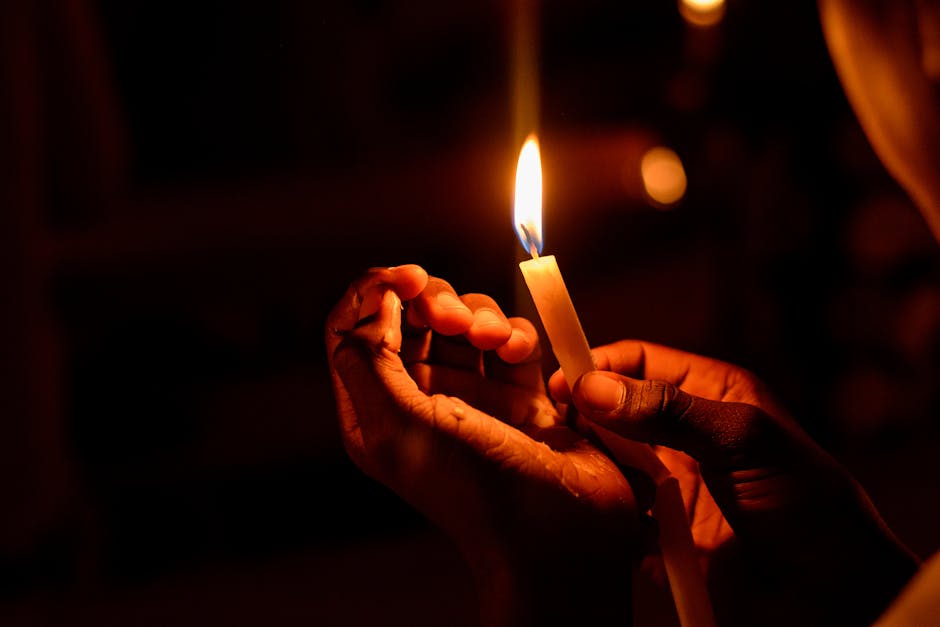
If you are feeling weak, tired or dizzy, then it is time to consider checking for signs of heat stroke.
Heat stroke can occur when your body gets too hot and overheats.
This may happen due to natural causes like exercising in warm weather or drinking too much water while sweating.
It can also occur because someone with heatstroke has no air intake which limits how well their body cools down and they eventually pass out and/or die.
There are several warning signs that could indicate someone might be suffering from heatstroke.
Make sure to watch for these if you are around people who seem sick or are having symptoms.
Definition of heat stroke
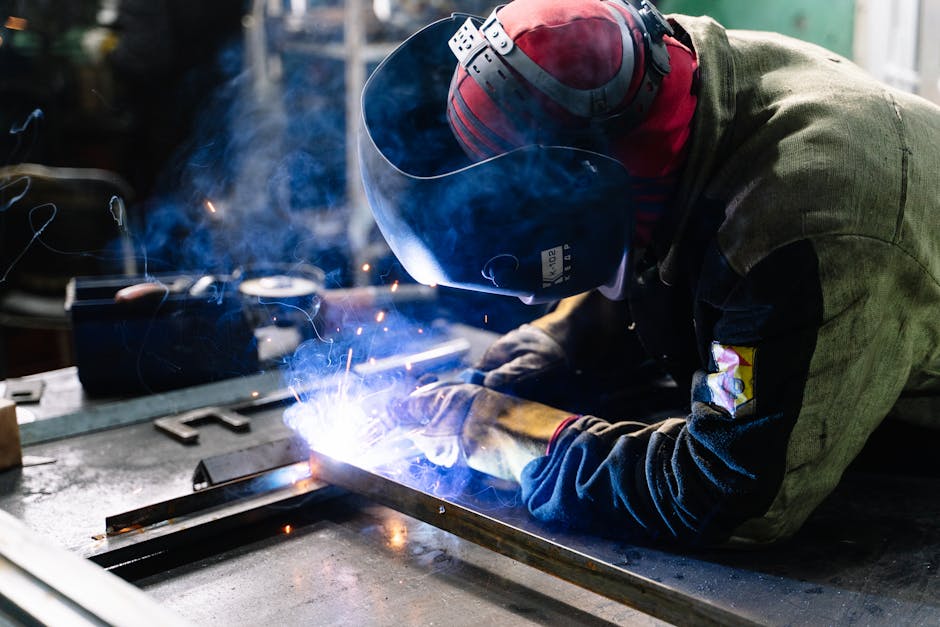
Heat exhaustion is typically caused by exposure to high temperatures for long periods of time, or excessive water intake while exposed to warm conditions.
If you feel tired, have trouble breathing, are experiencing pain, or notice your body sweating less than normal, it may be due to heat stress.
Symptoms usually go away as people get colder or more hydrated, but some individuals can develop heatstroke when their bodies overreact to the heat.
Heatstrokes occur when your body temperature rises too quickly. As with heat exhaustion, there may not be enough fluid in your blood to keep up with the extra thermal energy being absorbed.
If someone has a heatstroke, they may become unconscious and/or suffer from seizures.
Medical help must be sought immediately to prevent death or severe disability.
What causes heat stroke
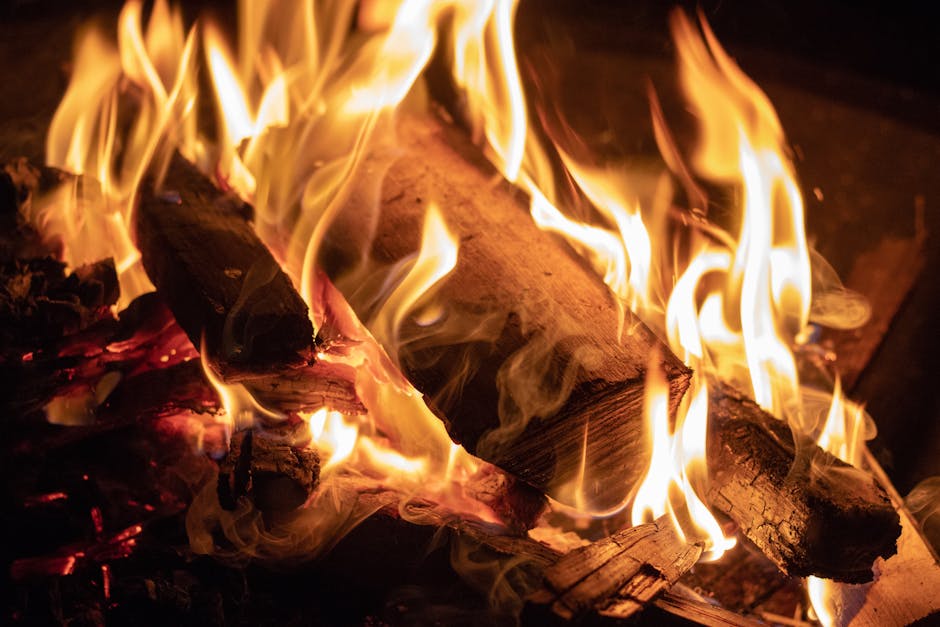
When you feel overheated, it is very important to determine if this symptom represents heat exhaustion or heatstroke.
If you have heatexhaustion, then rest and water should be given until you are more comfortable.
If symptoms of heat stroke occur, then immediate cooling treatments must be done immediately.
More serious cases may require medical attention.
Symptoms of heatstroke include:
- Rapid breathing
- Throbbing skin
- A red face that becomes pale
- Seizure-like activity
- Unconsciousness or death due to brain damage
It can easily go unnoticed unless someone notices these symptoms before anyone gets hurt!
People often confuse heat exhaustion with cold exposure.
While both can bring about similar symptoms, people who suffer from heat exhaustion will usually recover faster than those who experience heatstroke.
What to do if you are experiencing heat stroke

If you are experiencing symptoms of heat exhaustion, it is important to recognize that this can quickly become heat stroke.
As mentioned before, one of the first things to go into heat related illness is your body’s regulation of temperature.
As we discussed earlier, your body uses two main factors to regulate its temperature – sweating and breathing.
If you experience either very heavy perspiration or no perspiration at all, then you may have a problem regulating your body's temperature.
This is called hyperhidrosis and can be uncomfortable as your skin gets hot and dry more rapidly.
Another way to check for signs of heat stress is by observing the pattern of your breaths.
A normal person will breathe about twelve times per minute, taking around six seconds to do so.
But someone who is under significant pressure may hold their breath for longer than that, which could indicate they are trying harder to keep cool.
Ways to prevent heat exhaustion and heat stroke
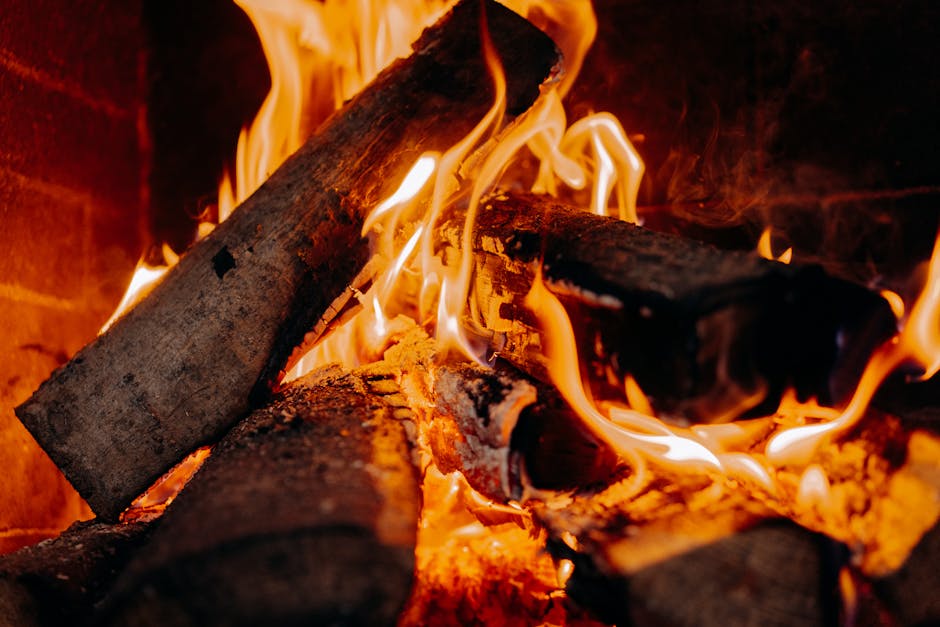
The first thing you should do if you notice symptoms of heat exhaustion or heatstroke is to reduce activity until your body temperature lowers.
You can do this by sitting down, lying down, or walking slowly.
If needed, cooling blankets or wet towels can be used to apply direct contact onto the skin to lower body temperature.
Drinking water and salty foods are also helpful in lowering body temperature.
Making sure these are consumed is an important part!
Symptoms of heat exhaustion include feeling hot, light-headed, dizzy, weak, and tired. These symptoms usually go away within hours but can quickly become more severe for people who exercise in warm environments.
Heat syncope (light-headedness) and/or faintness may occur at times while exercising due to low blood pressure.
People with heat exhaustion may feel better after resting and drinking water.
If symptoms get worse check out whether you have heat stress instead which is less serious.
Warnings of heat exhaustion and heat stroke
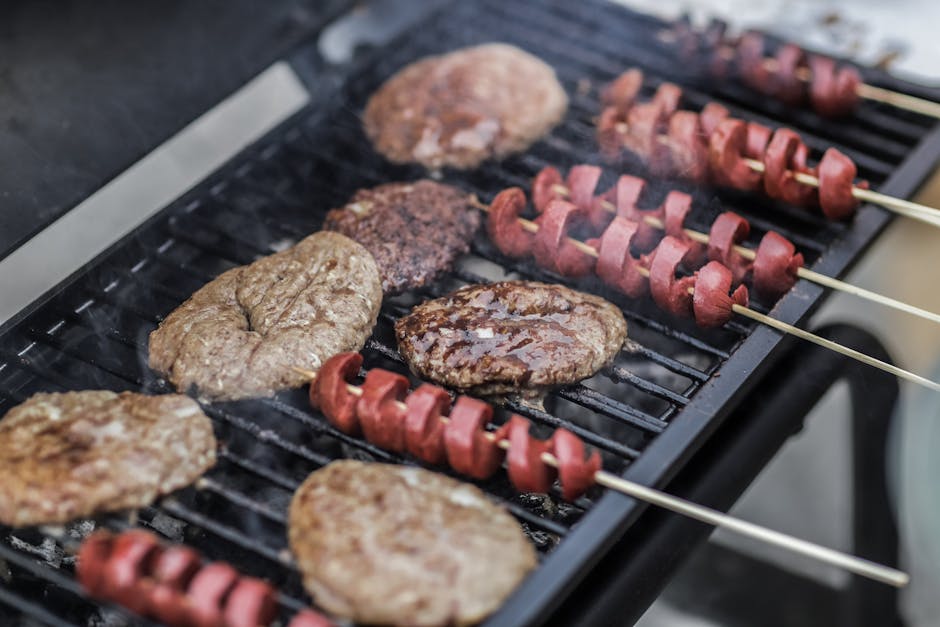
There are two other conditions that can be caused by excessive body temperature, aside from hot flashes and warm sweats.
These are called heat exhaustion and heat stroke.
People often confuse heat stroke with heat cramps, but they are actually much more serious.
Heat strokes occur when your body is trying to cool down too quickly after being exposed to heat for a long time.
This happens most frequently in people who have health problems or are young children.
Symptoms of heat stroke include seizures, vomiting, abnormal crying, fluid coming out of their ears, changes in consciousness, muscle spasms and death.
It may sound scary, but it’s very important to know about this condition because you could save someone’s life by acting fast!
Fortunately, there are some treatments available if detected early.
Heat exhaustion and heat stroke symptoms
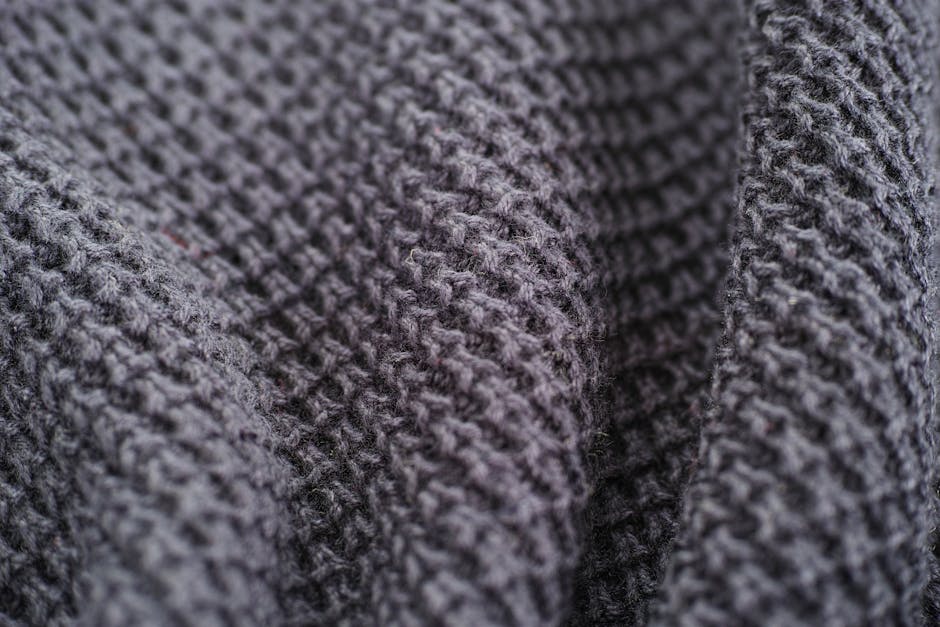
People often get confused about what is actually considered heat illness.
While both heat exhaustion and heatstroke are life threatening, people sometimes believe that only one or the other is.
People can easily become dehydrated from excessive water loss in the form of sweat or urine, so they may mistake this as heat exhaustion.
However, if someone becomes overheated and their body temperature rises then it moves onto the next stage, which is heat stroke.
This happens when your body cannot regulate its temperature properly due to dehydration or lack of intake and therefore begins to warm up faster than normal – typically more than 40°C (105ºF).
As such you will need to do something to cool down, otherwise death or long term health problems may occur.
Read More:

0 Comments